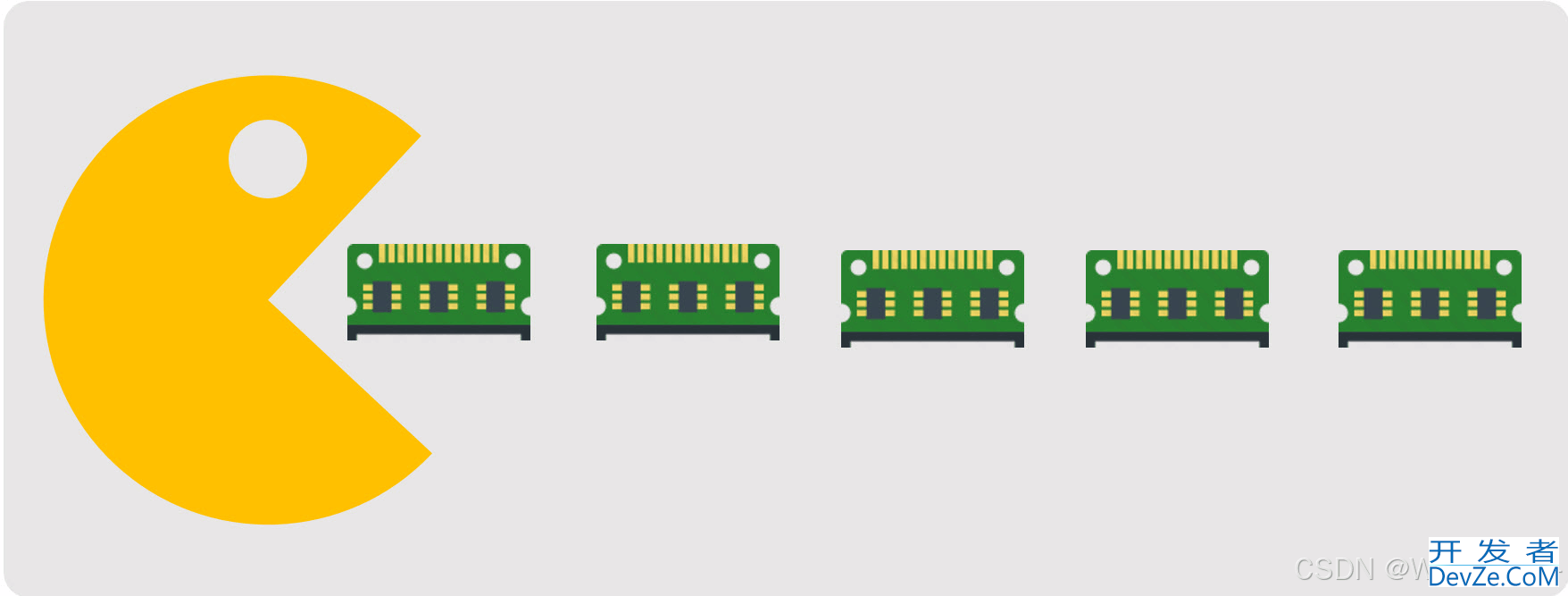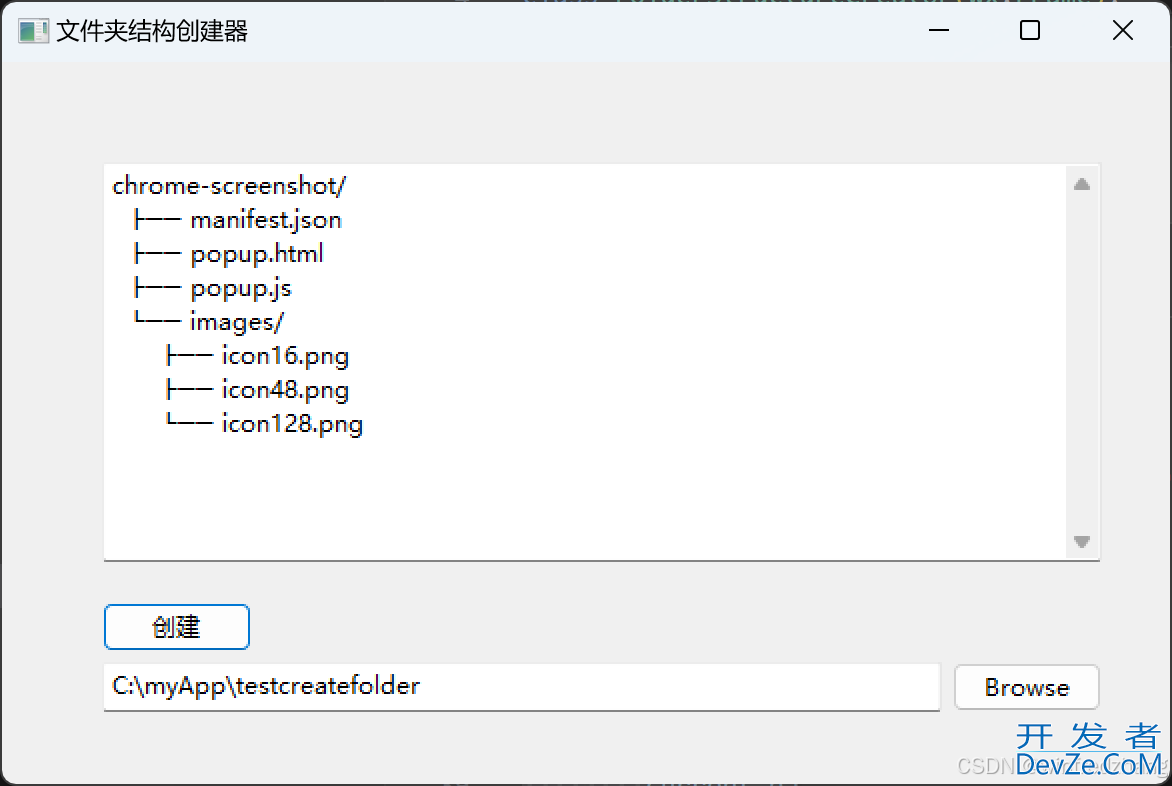目录
- 引言
- 1. Spring Event机制简介
- 2. 实际业务案例 - 订单创建通知
- 3. 技术栈
- 4. 创建项目
- 5. 定义事件
- 6. 创建事件监听器
- 7. 添加异步支持
- 8. 发布事件
- 9. 测试
- 10. 总结
引言
在开发基于Spring Boot的应用程序时,事件驱动架构是一个非常重要的概念。通过使用Spring框架提供的事件机制,我们可以轻松地解耦组件并提高系统的可扩展性。本文将深入探讨Spring事件(SpringEvent)的实现,并通过一个实际的业务场景来展示如何使用它。
1. Spring Event机制简介
Spring事件机制主要由以下几个部分组成:
事件发布者 (ApplicationEventPublisher): 发布事件的对象。
事件 (ApplicationEvent): 事件的具体内容。
事件监听器 (ApplicationListener): 处理事件的对象。
事件处理器 (ApplicationEventMulticaster): 负责将事件发送给所有注册的监听器。
2. 实际业务案例 - 订单创建通知
假设我们正在构建一个简单的电子商务平台,当用户成功创建订单后,我们需要通知其他系统(如库存系统和支付系统)进行相应的处理。
3. 技术栈
Spring Boot 3.x
Java 17
4. 创建项目
首先,我们需要创建一个新的Spring Boot项目。这里我们使用Spring Initializr来快速生成项目骨架。
5. 定义事件
为了定义我们的事件,我们需要创建一个继承自ApplicationEvent的新类。
import org.springframework.context.ApplicationEvent;
3public class OrderCreatedEvent extends ApplicationEvent {
private final String orderId;
private final String userId;
public OrderCreatedEvent(Object source, String orderId, String androiduserId) {
super(source);
this.orderId = orderId;
this.userId = userId;
}
public String getOrderId() {
return orderId;
}
public String getUserId() {
retu编程客栈rn userId;
}
}
6. 创建事件监听器
接下来,我们需要创建监听器来处理事件。为了确保多个处理器能够独立运行,我们将使用@Async注解来确保每个监听器都能够在自己的线程中独立运行。
import org.springframework.context.event.EventListener;
import okDFutGrg.springframework.scheduling.annotation.Async;
import org.springframework.stereotype.Component;
@Component
public class OrderEventListener {
@Async
@EventListener
public void handleOrderCreated(OrderCreatedEvent event) {
System.out.println("Received order created event: " + event.getOrderId());
// 这里可以调用其他服务,比如通知库存系统或支付系统
try {
Thread.sleep(2000); // 模拟耗时操作
} catch (InterruptedException e) {
Thread.currentThread().interrupt();
throw new RuntimeException(e);
}
}
}
为了展示多处理器的情况,我们可以添加另一个监听器,它会执行不同的任务。
import org.springframework.context.event.EventListener;
import org.springframework.scheduling.annotation.Async;
import org.springframework.stereotype.Component;
@Component
public class PaymentEventListener {
@Async
@EventListener
public void handleOrderCreated(OrderCreatedEvent event) {
System.out.println("Payment processing for order: " + event.getOrderId());
// 这里可以调用支付服务
try {
Thread.sleep(3000); // 模拟耗时操作
} catch (InterruptedException e) {
Thread.currentThread().interrupt();
throw new RuntimeException(e);
}
}
}
7. 添加异步支持
为了让事件处理异步进行,我们需要添加Spring的异步支持。为此,我们需要创建一个配置类来启用异步执行,并指定一个线程池用于处理事件。
import org.springframework.aop.interceptor.AsyncUncaughtExceptionHandler;
import org.springframework.context.annotation.Configuration;
import org.springframework.scheduling.annotation.AsyncConfigurer;
import org.springframework.scheduling.concurrent.ThreadPoolTaskExecutor;
6import java.util.concurrent.Executor;
@Configuration
public class AsyncConfig implements AsyncConfigurer {
@Override
public Executor getAsyncExecutor() {
ThreadPoolTaskExecutor executor = new ThreadPoolTaskExecutor();
executor.setCorePoolSize(2);
executor.setMaxPoolSize(2);
executor.setQueueCapacity(500);
executor.setThreadNamePrefix("AsyncExecutor-");
executor.initialize();
return executor;
}
@Override
public AsyncUncaughtExceptionHandler getAsyncUncaughtExceptionHandler() {
return (throwable, method, objects) -> throwable.printStackTrace();
}
}
8. 发布事件
最后,我们需要在订单服务中发布事件。
impo编程rt org.springframework.beans.factory.annotation.Autowired;
import org.springframework.context.ApplicationEventPublisher;
import org.springframework.stereotype.Service;
@Service
public class OrderService {
private final ApplicationEventPublisher publisher;
@Autowired
public OrderService(ApplicationEventPublisher publisher) {
this.publisher = publisher;
}
public void createOrder(String orderId, String userId) {
// 创建订单逻辑...
// 发布事件
publisher.publishEvent(new OrderCreatedEvent(this, orderId, userId));
}
}
9. 测试
为了测试我们的实现,可以在控制器中调用createOrder方法。
import org.springframework.web.bind.annotation.GetMapping;
import org.springframework.web.bind.annotation.RestController;
@RestController
public class OrderController {
private final OrderService orderService;
@Autowired
public OrderController(OrderService orderService) {
this.orderService = orderService;
}
@GetMapping("/orders")
public String createOrder() {
orderService.createOrder("12345", "user123");
return "Order created!";
}
}
10. 总结
通过上述步骤,我们已经成功地实现了基于Spring事件机制的通知功能。这不仅php可以帮助我们构建更加松散耦合的应用程序,还能让我们的代码更易于扩展和维护。更重要的是,通过引入异步处理机制,我们确保了即使一个处理器出现异常或执行失败,也不会影响到其他处理器的执行。这是因为每个处理器都在独立的线程中运行,并且异常会被
AsyncUncaughtExceptionHandler捕获并记录,而不会中断其他处理器的执行。注意:在生产环境中,你需要根据实际情况调整线程池的大小和配置。此外,确保异常处理逻辑符合你的需求,例如记录异常到日志系统或发送错误通知。
到此这篇关于SpringEvents与异步事件驱动的文章就介绍到这了,更多相关SpringEvents与异步事件驱动内容请搜索编程客栈(www.devze.com)以前的文章或继续浏览下面的相关文章希望大家以后多多支持编程客栈(www.devze.com)!









 加载中,请稍侯......
加载中,请稍侯......
精彩评论